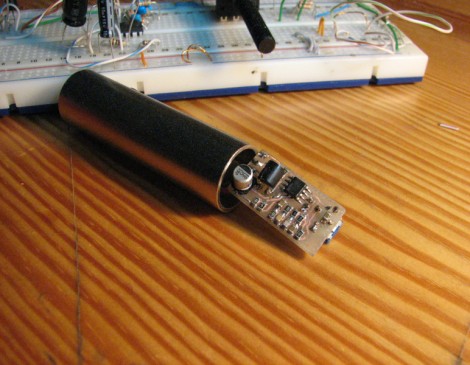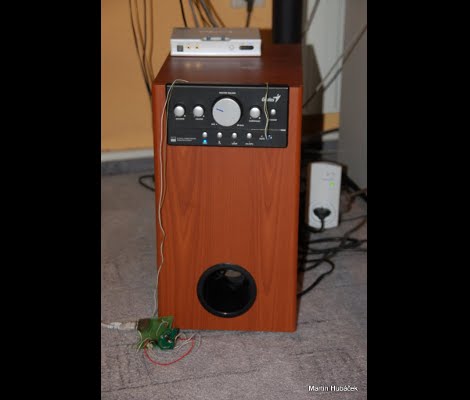
Like most of us at Hack a Day, [Bertrand Fan] has a huge collection of digital music that was all obtained through legal channels. Missing the physical process of choosing and playing an album, [Bertrand] built an RFID record player to get rid of the paradox of choice that arises when thousands of albums are at your fingertips.
The records are repurposed Christmas ornaments with RFID disk tags pasted under the label. These records are read by a RedBee RFID reader and sent to a Popcorn Hour media server, but we’re guessing this could be easily adapted to any HTPC.
The only limitation we see is the fact that the RFID chip is hard coded to individual songs. We think it would be easier to have the RFID chip store an album’s CDDB discid, but feel free to leave a comment and say how you would catalog thousands of albums on RFID tags.
We’re a little tired of skipping though our music collection like a portable CD player from 1990, so we’re pretty impressed that [Bertrand] came up with something that would get us to sit down and listen to our Terabytes of FLAC-encoded music. Check out the video after the jump for a demo of the RFID record player.
Continue reading “RFID Record Player” →

















